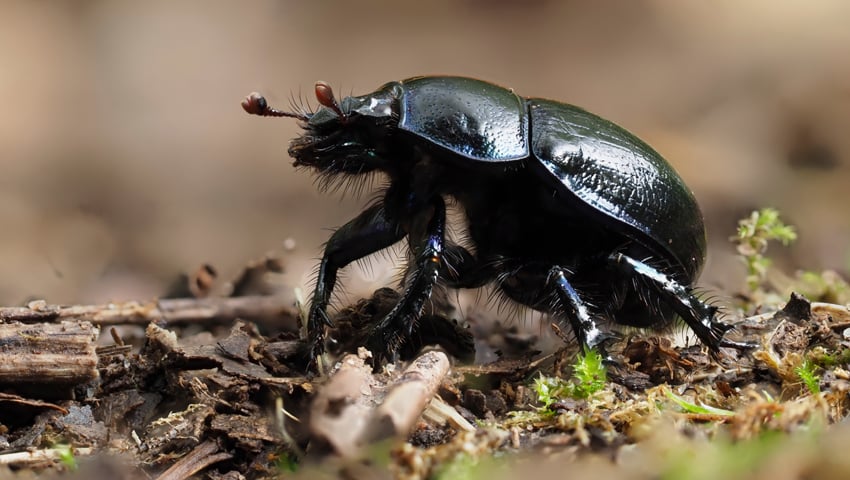SOIL is home to 59% of all Earth’s species, according to new research by Swiss-based scientists from the University of Zürich and Swiss Federal Research Institute for Forest, Snow and Landscape Research.
The research, published in the journal Proceedings of the National Academy of Sciences (PNAS), estimated that 90% of fungi, 85% of plants and more than 50% of bacteria live in the world’s soils.
The Guardian reports that “Soil was known to hold a wealth of life, but this new figure doubles what scientists estimated in 2006, when they suggested 25% of life was soil-based.”
The researchers say “We show that soil is likely home to 59% of life including everything from microbes to mammals, making it the singular most biodiverse habitat on Earth.” The actual figure could be even higher because soil is so under-researched.
Dr Mark Anthony, lead author and an ecologist at the Swiss Federal Research Institute for Forest, Snow and Landscape Research said “Organisms in soil play an outweighed impact on the balance of our planet. Their biodiversity matters because soil life affects climate change feedbacks, global food security, and even human health.”
Soil is the top layer of the Earth’s crust, composed of a mixture of water, gases, minerals and organic matter. Almost all of our food is grown in soil and yet, as The Guardian reports, “it has historically been left out of wider debates about nature protections because we know so little about it. One teaspoon of healthy soil can contain up to a billion bacteria and more than 1km of fungi.”
The Guardian says that “Researchers used the rough estimate of there being about 100bn species in total. They then used theoretical estimates and data analysis to work out what fraction of those species were found in the soil. They defined a species as living in the soil if it lived within it, on it, or completed part of its lifecycle in it. Other habitats they looked at include marine, freshwater, the ocean floor, air, the built environment and host organisms such as humans.
“There is a large error range of 15% with the estimate – so the average prediction could in theory be as low as 44% or as high as 74%. For some groups the range was large – for bacteria, estimates ranged between 22% and 89% living in the soil.”
Anthony said “What actually surprised me the most was the sheer challenge of this undertaking, and how much variation there is to our estimates for many large groups, particularly bacteria and viruses, the two most diverse forms of life on Earth.
“Keeping that in mind, our estimate is really a first attempt to organise existing global richness albeit with quite a large error to many of the estimates. While true diversity lies somewhere within this range, our effort is the first realistic estimate of global diversity in soil, and we need it to advocate for soil life in the face of the biodiversity and climate crises.”
